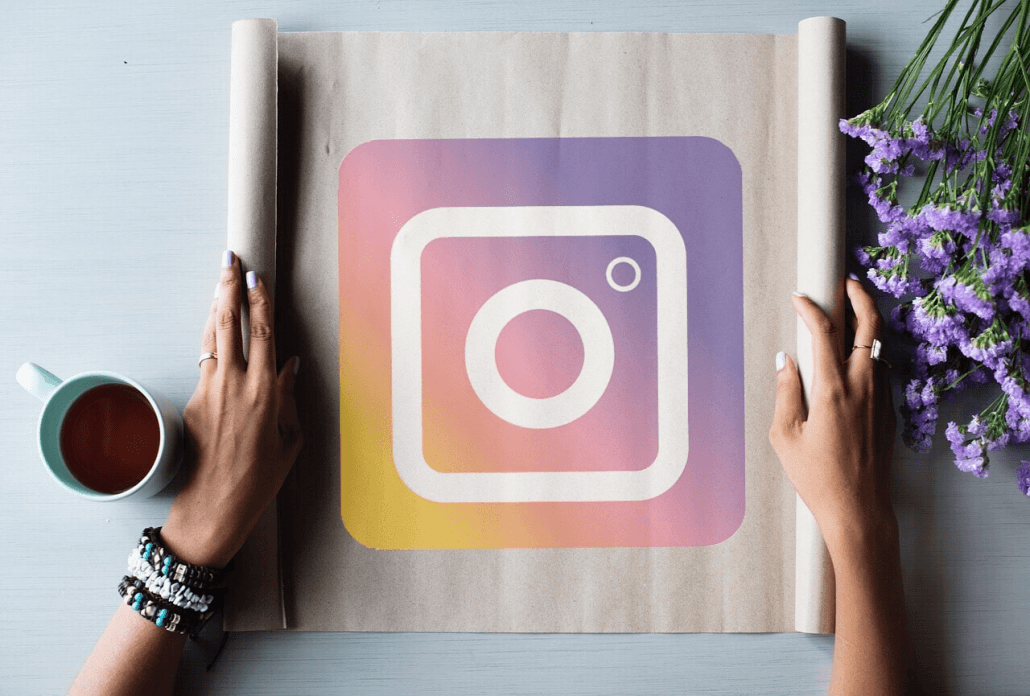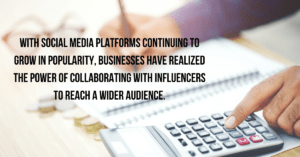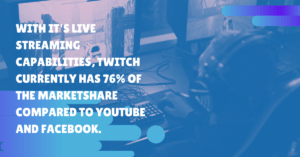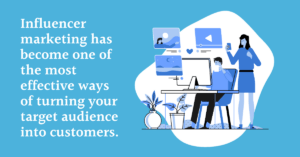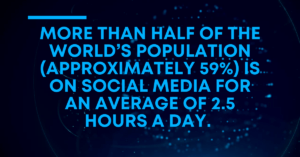A fundamental part of Instagram is the ability to “like” content posted by the accounts you follow. However, since April 2019, Instagram has been testing out a new update that hides the number of likes on a given post. This test hides the number of “likes” that a user’s post has received, with the goal of lowering the “vanity metrics” associated with the application. As of July 2019, the Instagram “like” testing ban has expanded to other markets of the globe, prompting existing users to reconsider how they are using Instagram.
If approved, the disappearance of “likes” will bring a variety of changes to the platform for both users and companies. For brands and advertisers, alternative social media strategies will become necessary to adjust their changing relationship with online influencers. With an enterprise entirely built on the “likes” and reach of their posts, influencers will have to find other ways to interact with their audiences.
The current Instagram model allows users to view the amount of “likes”, comments, shares and other interactions that outside users have with their content. The measure of value each interaction has on a piece of content is called a “vanity metric”. With Instagram’s hidden “like” count, the value of “vanity metrics” will decrease – forcing users to create content that people will engage with because they like and trust it. Views solely for the sake of views won’t cut it anymore. Brands and advertisers are able to use influencer marketing to engage with audiences outside of their initial reach, but the disappearance of “likes” creates a new scenario: what do you do when your primary measure of engagement is gone?
What This Means For Brands
The influencer relationship model is changing. With “likes” no longer available, brands will have to find a new way to measure the amount of success their influencer marketing is getting them. This could translate a few ways:
Creating Better Partnerships
The tiers of influencers range depending on their follow counts and engagement rates, but with the decreasing amount of “vanity metrics”, these measures become less important. Brands will have to create more meaningful partnerships with influencers that are fully engaged in their desired markets. Although macro-influencers and other top tier candidates are highly sought after and proven to be effective in brand’s product marketing, smaller followings are the ones that will benefit from Instagram’s update. Ranging anywhere from 1000 to 1500 followers, nano-influencers have small, extremely dedicated groups of followers on a grassroots level that allow them to present themselves as more authentic and overall more transparent.
While bigger influencers are expected to promote brands and products, smaller influencers are viewed as more honest with their followers, and in turn their followers trust what they have to say a little bit more. Their audiences are also receptive, meaning brand messages are more likely to translate into physical sales of a product or service, as well as a deeper connection between user and brand. This is only one example of the direction a brand could take towards a better partnership; the balance will depend on brands and advertisers leveraging their smaller influencers and their more knowledgeable, niche markets.
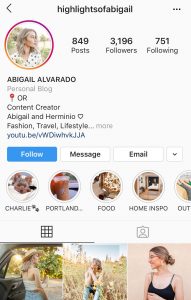
Using Alternative Platforms And Methods For Engagement
Videos on Instagram only show the amount of times the video has been viewed – the “like” count is already gone. With “likes” removed from all posts, short video formats on social media platforms might experience a jump. Brands could utilize this by creating higher quality content that’s viewable via their Stories, allowing a full story message to be told through a movable format instead of a static image. The push for more creative original brand content directly affects the need for influencers, especially when brands can use influencer ads as their own content. This also allows for more interesting collaboration between multiple influencers and brands: it brings influencers back towards social media channels, instead of existing in a vacuum of content.
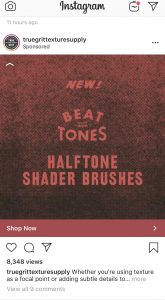
Redefining The Influencer Relationship
Previously, influencers were used to drive consumer content based around the amount of engagement or prestige the influencer gains the brand. However, the Instagram update will change that. Brands must now focus on figuring out what influencers really are to them, and how to best utilize their skills with the target goals of the company. This can manifest in a variety of ways, but an emphasis on better, higher-quality content from an authentic influencer will resonate more strongly with a more loyal audience. This puts influencers into a position of power with brands, and pivots their relationship with the brand towards one of stakeholders in the company. Influencers can then use their reach to drive users towards contest entries, sweepstakes and brand-sponsored competitions that encourage users to actively engage with a brand and their message.
In a recent study conducted by Sideqik, at least 78% of consumers said they have discovered a new brand or product from an influencer. Along these same metrics, 87% of applicants said they’re more likely to trust a brand if the product seems like something the influencer would purchase on their own. The more authentic an influencer is with their audience and with their brand partnership, the more their followers will believe and encourage the relationship.
Although these are just speculations, the role of Instagram and influencers will shape an entirely new path for brands and advertisers to explore, starting with redefining their goals for influencer marketing. Companies will have to try out other avenues for marketing their products and services, or find a creative use for influencers outside of their typical safe range. While this poses lots of challenges, the pay-off is immense. Tapping into an undeveloped market like nano-influencers is a great way to stay ahead of the game, and continue supporting authenticity and transparency from brand to consumer.
Nancy Rothman
Latest posts by Nancy Rothman (see all)
- How Travel Brands Can Use Influencer Marketing to Stay Afloat as the Pandemic Continues - February 22, 2022
- Influencer Marketing Trends to Watch (And Prepare For) in 2022 - December 31, 2021
- A Guide: How to Recruit the Right Influencers for Your Brand - December 30, 2021

